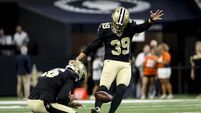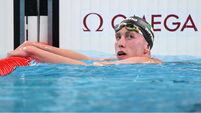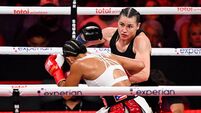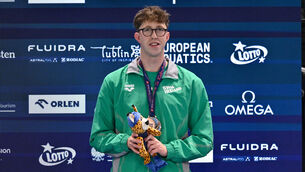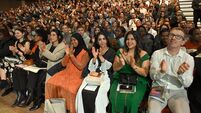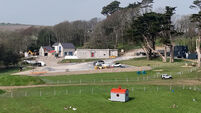Liam Mackey: A tale of ‘Mad Dog’ and Irishmen looks back at League of Ireland players' time in Libya
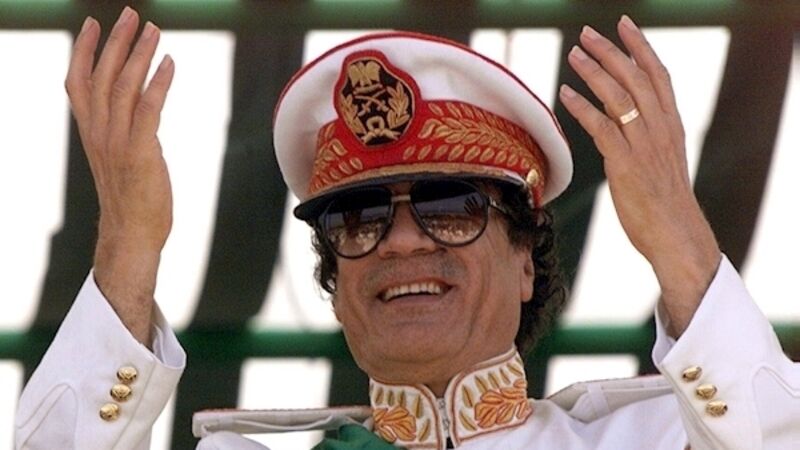
The name of the programme is In League With Gaddafi but In League With The Devil might have served just as well. Or, perhaps, even something along the lines of ‘Mad Dog and Irishmen…’
This coming Monday night, a terrific documentary on RTÉ television will recount the fascinating, madcap tale of how a team of League of Ireland players, drawn from St Patrick’s Athletic and Bohemians, and co-managed by Brian Kerr and Billy Young, ended up representing Ireland in a football match played in Benghazi in 1989, watched by somewhere between 50,000 and 80,000 in the stadium — estimates vary but, on the Irish side, all agree the place was “absolutely jammers” — and millions more tuning in to live TV coverage.







